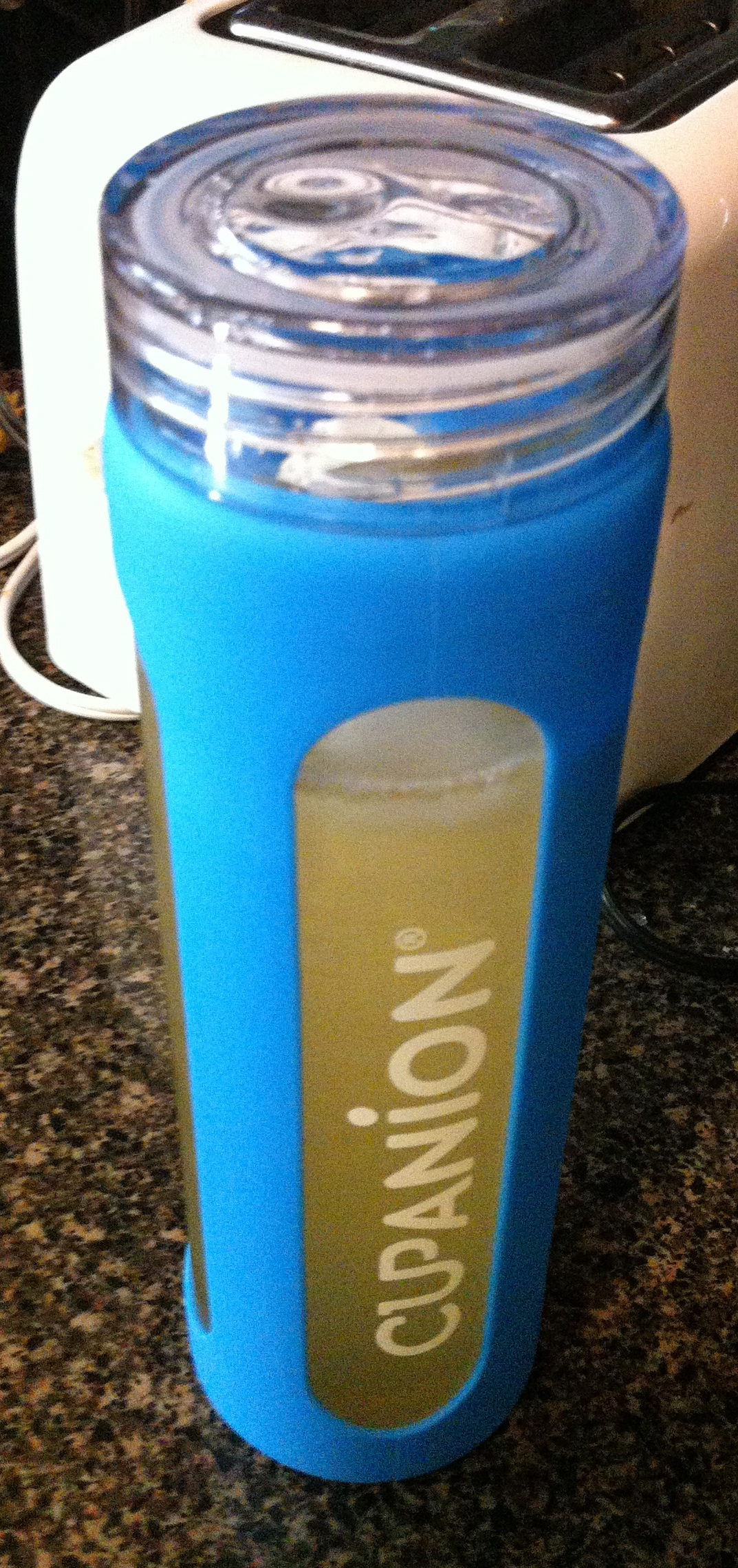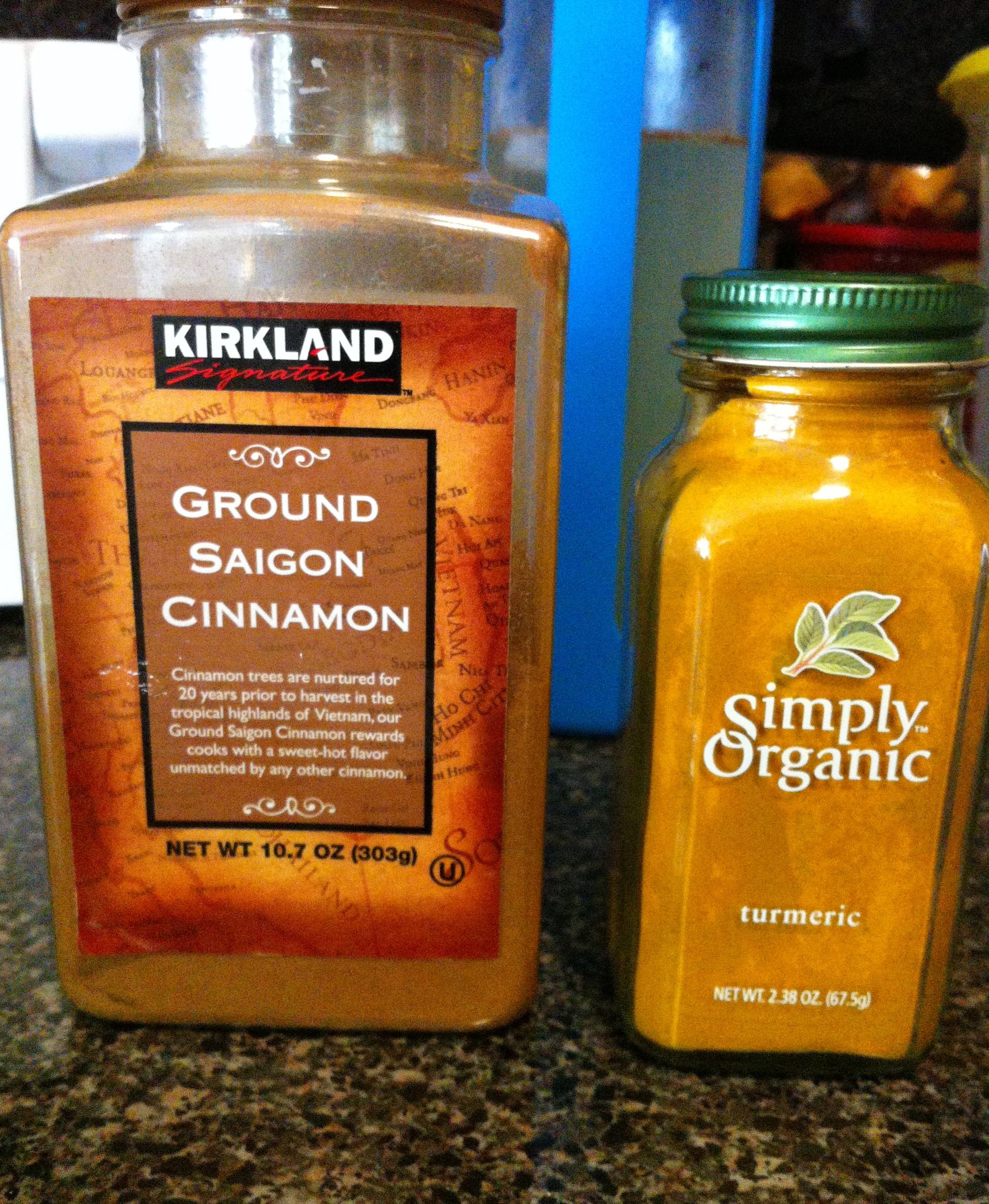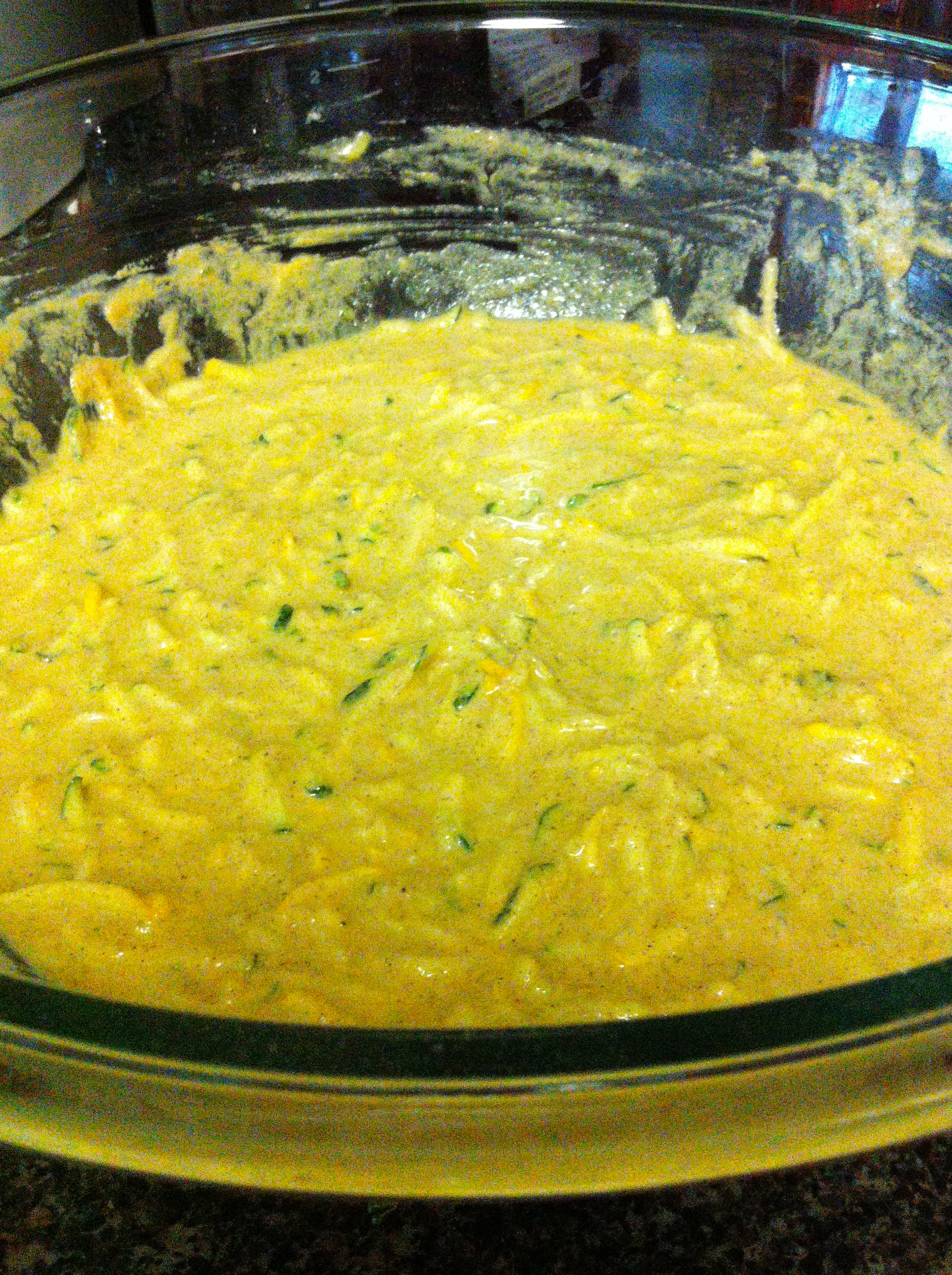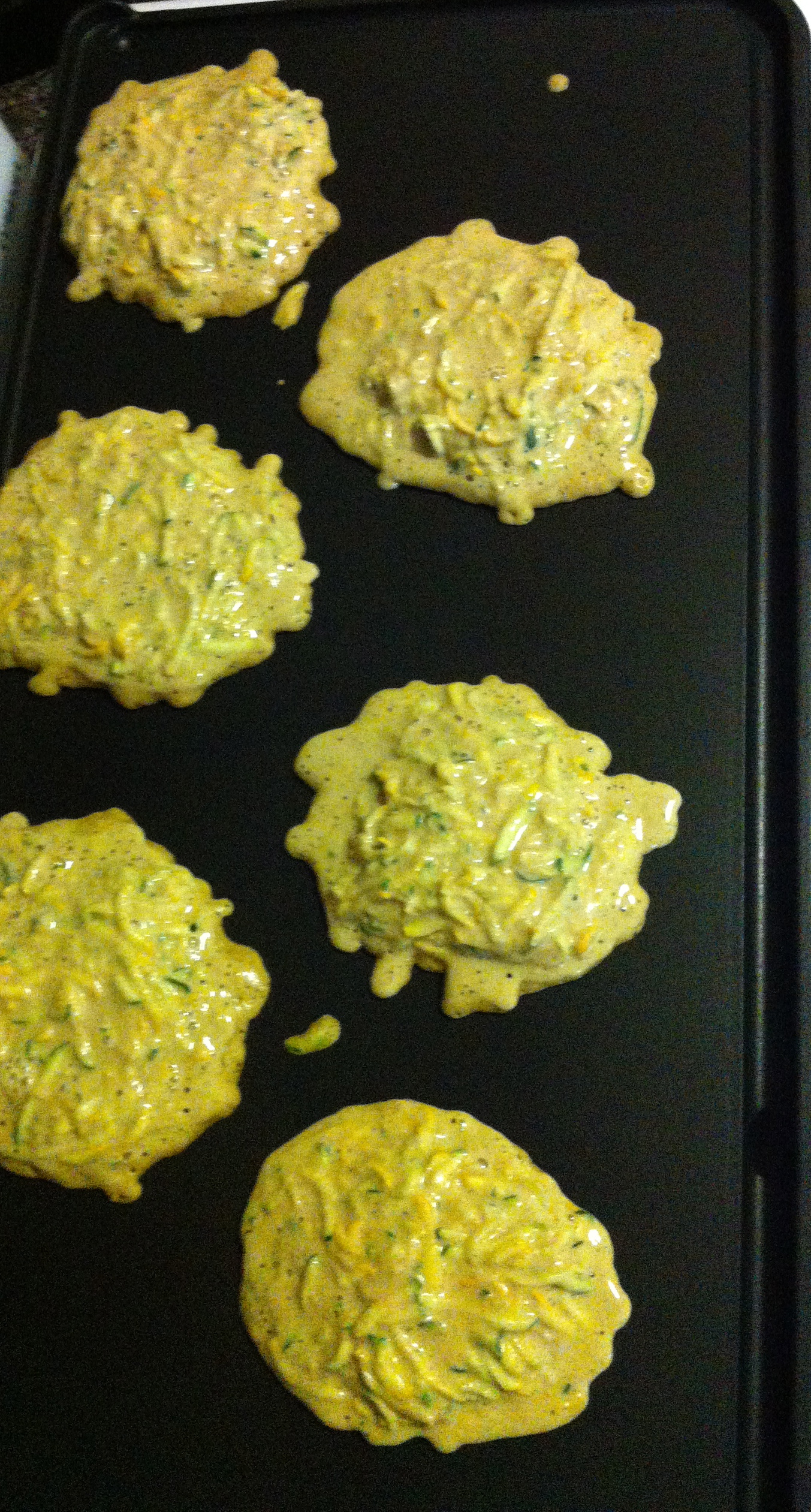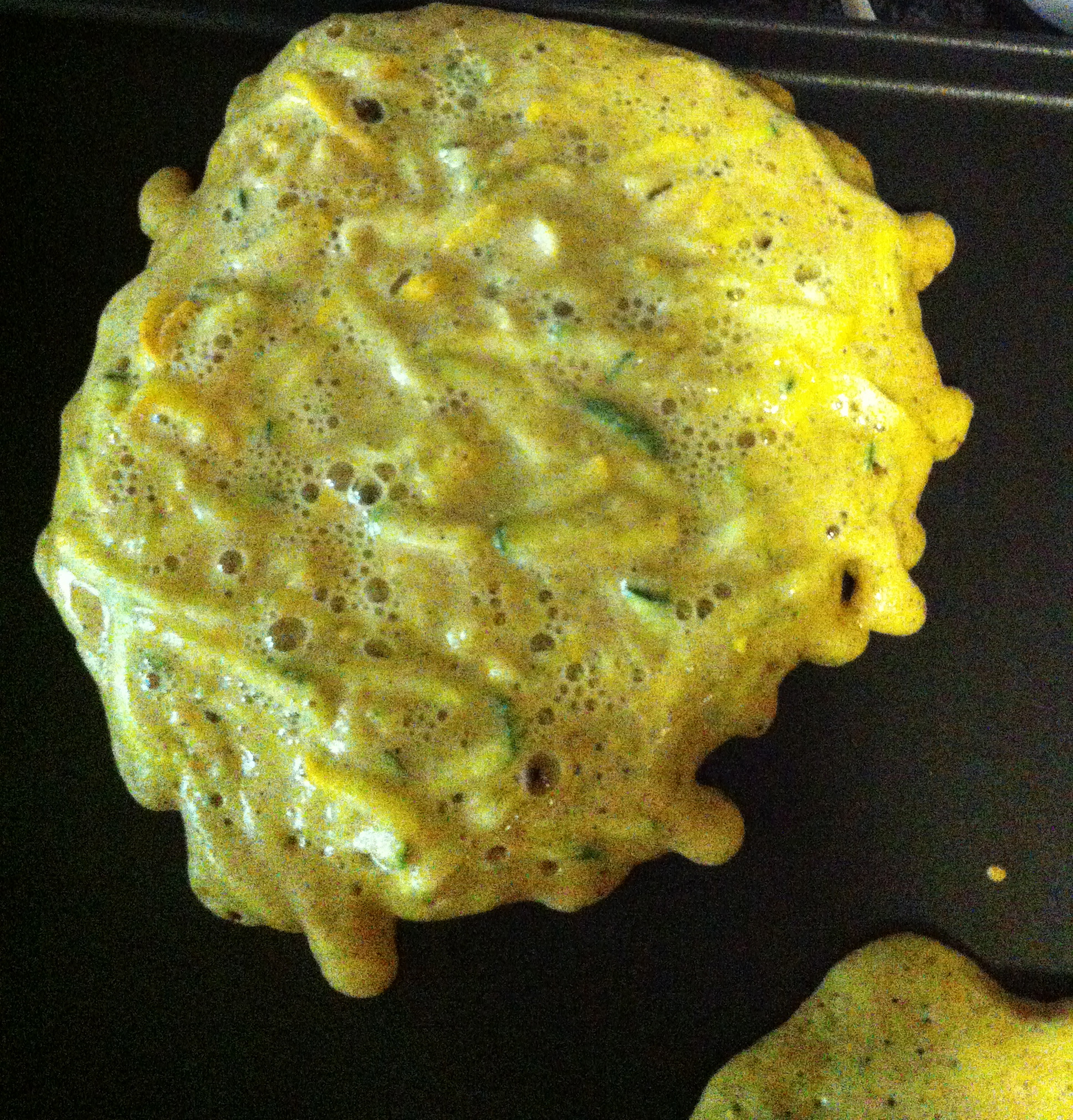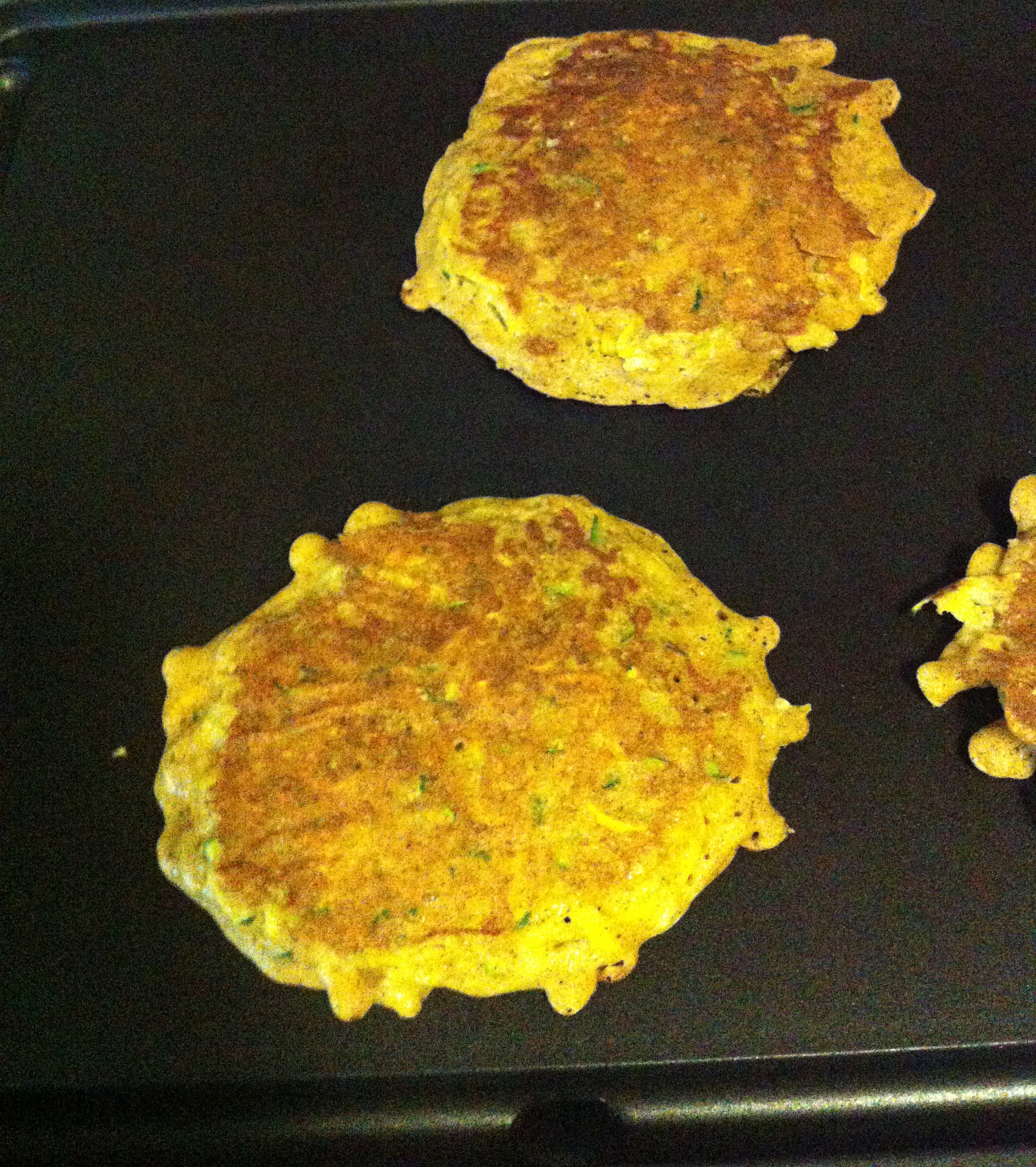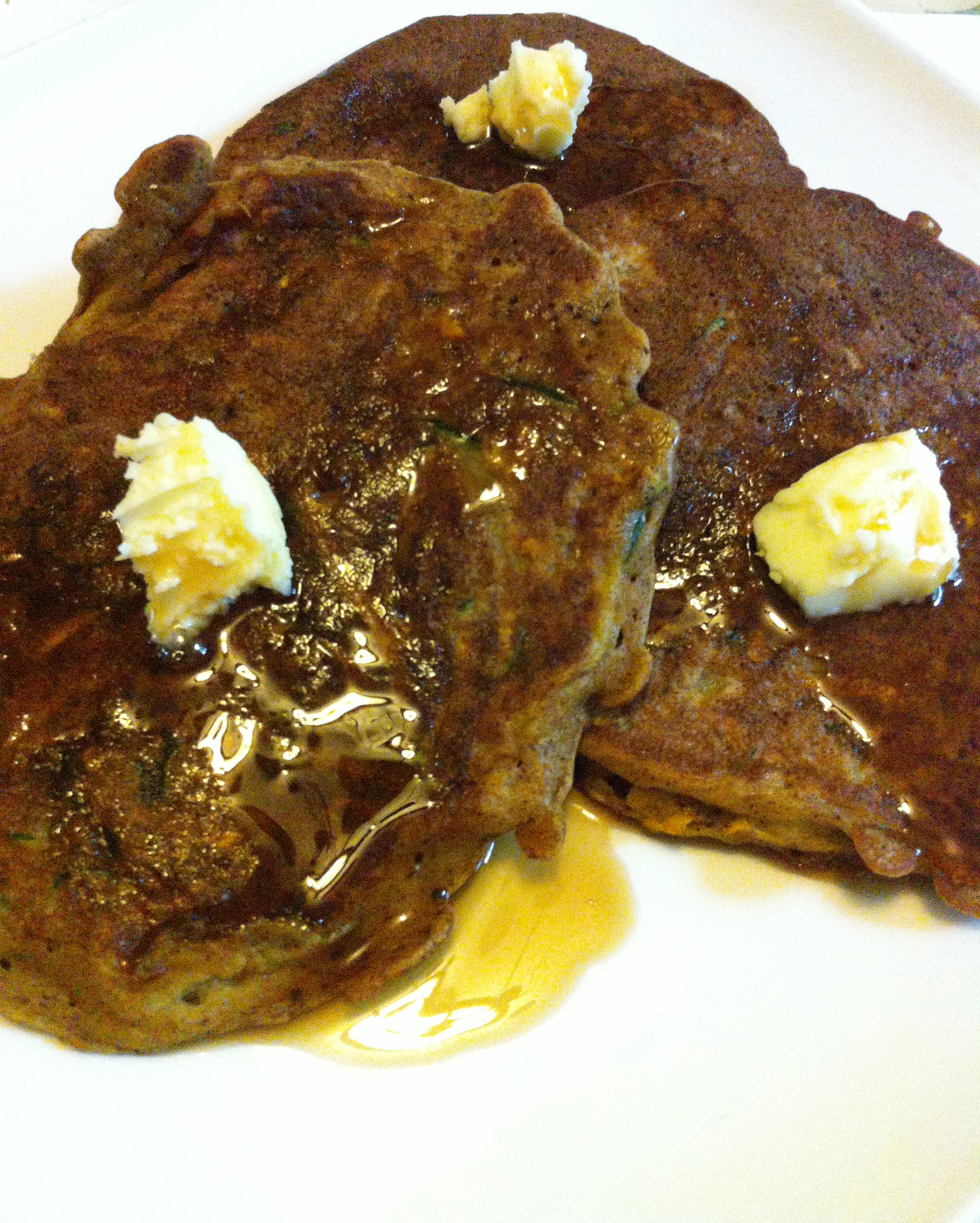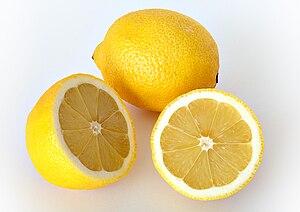
Getting your kids in to the kitchen to help you cook/wash vegetables/create new recipes, is the best way to get them to enjoy trying new foods. Juni, who refuses all things green, knowingly ate kale twice today. All I did differently was to let him add the greens in to the blender for our afternoon smoothie. Then tonight, when it appeared on his plate, he gobbled it all up without blinking an eye. He said, “What is it, Mama?”. I said, “It’s Kale, honey.” He said, “Oh! I like Kale!”. That’s it. No big drama. No wailing about how he doesn’t like green.
When kids touch the ingredients of the foods that they’ll be eating, it opens a door for them. They are part of the process. They have power over how much goes in to the dish or how clean the veggies get. They get to smell the raw produce, feel the texture of the grains between their fingers. See what color the beets will turn their hands, just from touching the surface after it’s peeled. It’s like they’ve stepped in to a science lab and they get to set up the experiments. The stuff we do everyday, it’s all new and cool to them.
There is a great gift to sharing time cooking with our children. A little bit each day is all it takes to raise kids that not only love cooking, but hopefully have a healthy relationship with food. Not to mention that it’s 10 minutes that you get to spend with them that doesn’t involve playing trains/princesses/secret agents/whatever it is they just begged you to play for the 17th time today.
Related articles
- Kale Smoothie (mariateresaandreacchi.wordpress.com)
- Eat More Kale: Health Benefits (marinahunley.wordpress.com)
- Banana, Kale & Almond Milk Smoothie (dinosaurgreen.wordpress.com)
